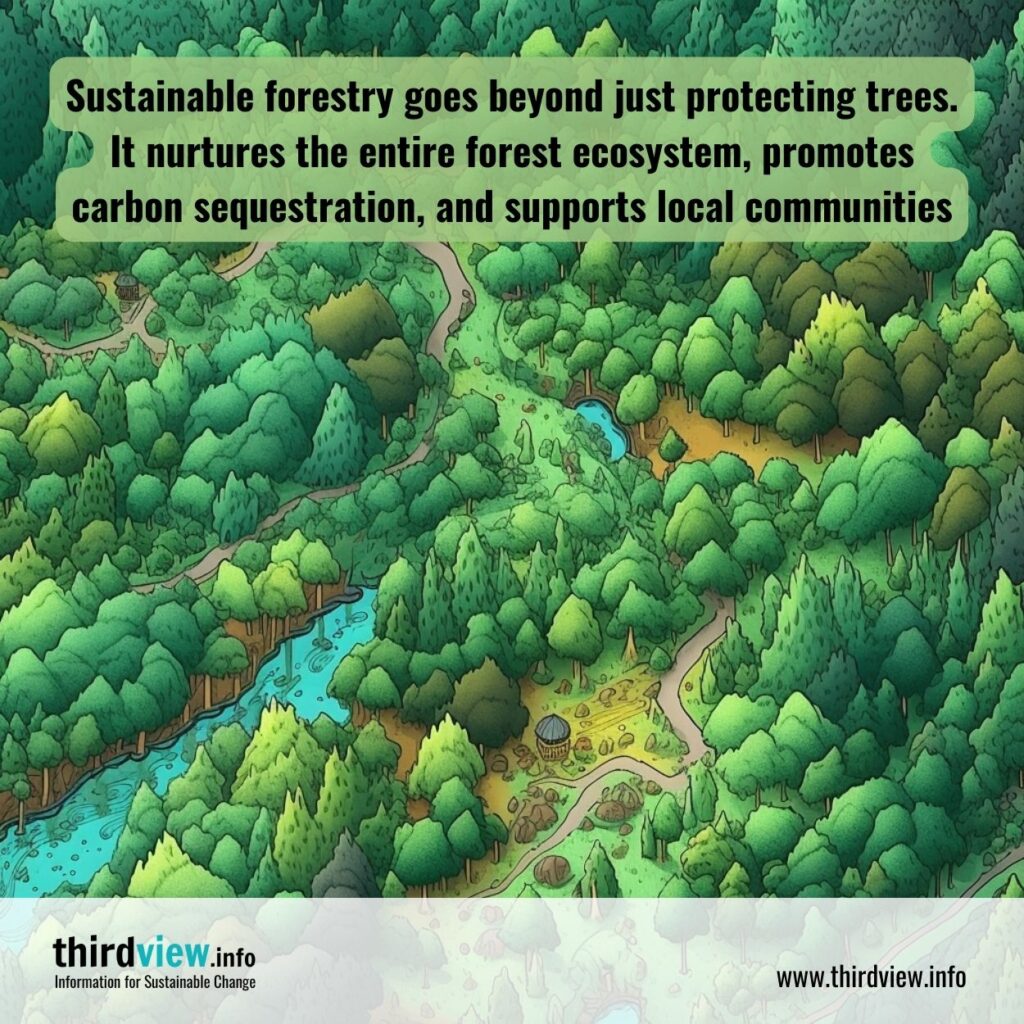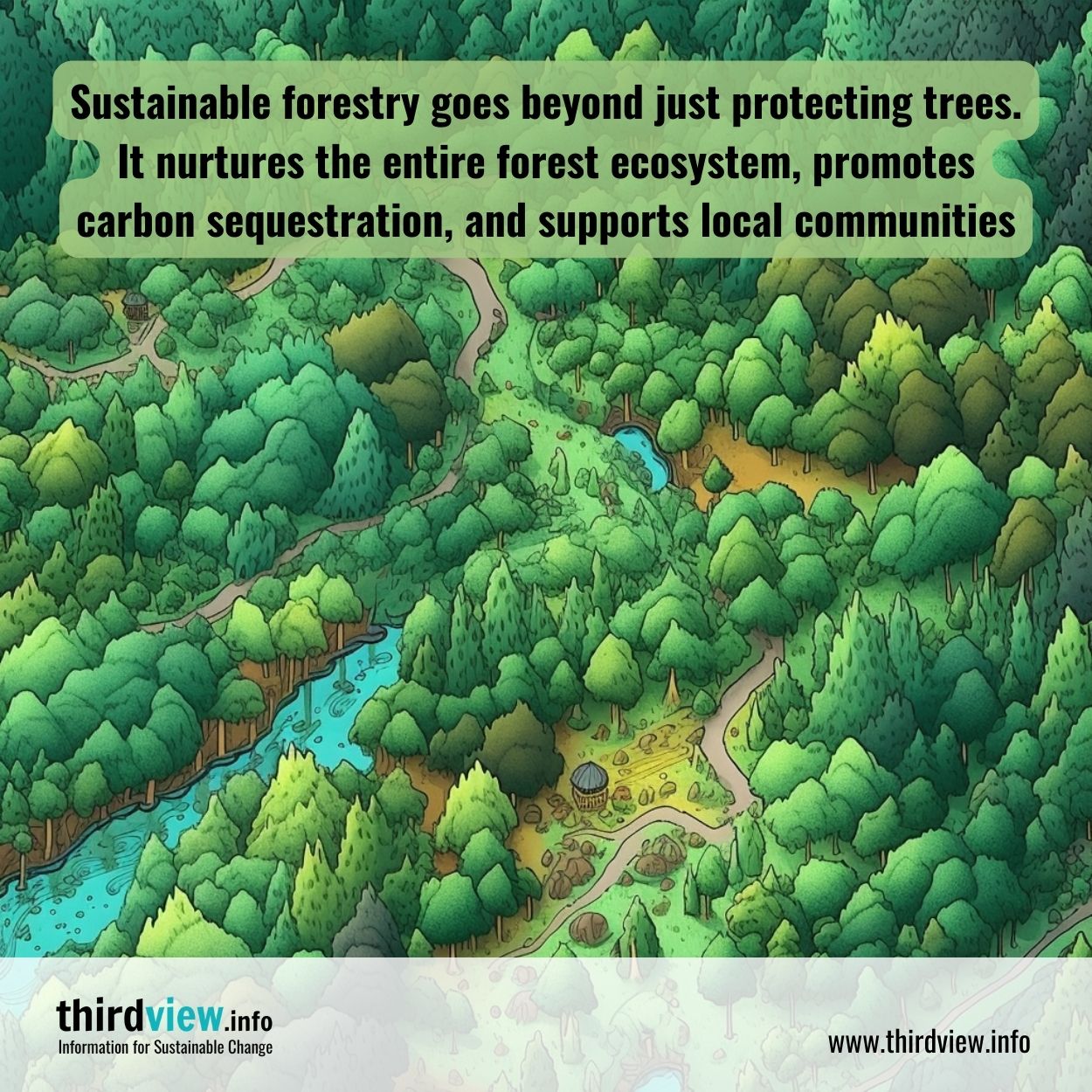Forestry has been a fundamental component of civilization for as long as humans have existed on the planet. Keeping trees healthy, productive, and sustainable is an essential component of not only preserving eco-diversity but also controlling climate change. However, the question arises, what is sustainable forestry? In this article, we will introduce you to this concept and explore why it is so important.
Sustainable forestry is defined as the practice of managing forest resources in a way that maintains their health and productivity for current and future generations. This method of forestry involves tailoring practices to meet local environmental and social needs so that forests are preserved in a healthy, productive state. It extends beyond protecting the trees but also nurturing the entire ecology within the forests – soils, water quality, wildlife, and the environment at large.
Energy and resource consumption is a significant aspect of sustainable forest management. It includes treatment of waste and the utilization of available resources in a judicious manner to minimize environmental impact. Sustainable forestry practices also aim to maximize the amount of carbon stocks housed in forests. This helps us to combat climate change by absorbing excess carbon from the atmosphere, making forestry more crucial than ever.
Sustainable forest management helps to protect non-timber forest products like medicinal plants, food products, and tourism. It provides continuous supplies of high-quality wood and non-timber products such as latex, perfume extracts, and honey. The responsible harvesting of these products enables communities to earn income through traditional practices that are not only sustainable but are also respectful of local biodiversity.
Community involvement in sustainable forest management projects can provide significant benefits to society. It also helps to preserve the traditional skills knowledge and practices of local communities. It also contributes to social welfare and employment in the region, besides providing a platform for the cultural exchange between different communities.
In conclusion, sustainable forestry plays an important role in protecting our environment and promoting economic growth. It helps maintain the balance between social, environmental, and economic needs. Utilizing sustainable forestry practices, we can ensure that future generations will have access to healthy, productive forests and experience all the multitude of benefits that come with them. It is in our best interest to invest in sustainable forestry, doing so before the negative outcomes of short-sighted, non-sustainable forestry harm our planet beyond repair.


